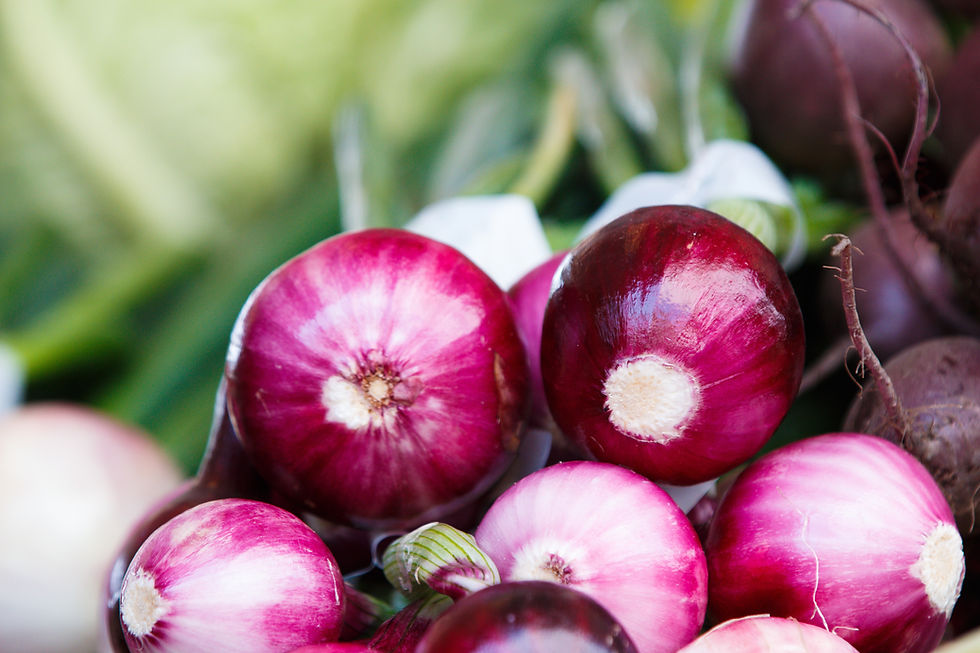How Does the Phenyl Group Participate in the Maillard Reaction?
- Bryan Le
- Apr 28
- 2 min read

Subreddit: r/FoodScience
User: u/No_Lie8522
Original Post:
Can someone explain how the phenyl group of an amino acid affects its reactivity during the Maillard reaction? Does it participate in the reaction, and does it slow down or speed up the overall process?
My Response:
I mean, it’s a phenyl group. They’re fairly stable because of the benzene ring. They have no electrophilic or nucleophilic nature, or even polarity, except under serious chemical duress like with a Friedel-Crafts reagent in a water-free environment.
Thiols literally react if you accidentally blow on them. They have two electron pair groups that sag off the atom 3p position and are ready to lose them all faster than cash in the hands of a gambler at a casino. They’re in no way the same class of chemical groups.
What I’m trying to get at is that the first reaction of the Maillard reaction requires two components to join at the hip in the presence of water. At most, the phenyl ring may serve as a bulky group that can inhibit molecular interaction, but it would take quite a bit to dislodge the electrons of any of those resonant carbons for an actual reaction with the phenyl group, and you’re not going to see that with water molecules hanging by to quench any truly acylating reagent.
Your only stability would be through pi-pi stacking interactions, and benzene residues are not a common reaction byproduct for a Maillard reaction.
Dr. Bryan Quoc Le is the Founder and Principal Food Consultant of Mendocino Food Consulting. He earned his Ph.D. in Food Science from the University of Wisconsin, Madison and his B.S. and M.S. in Chemistry from the University of California, Irvine. He currently lives in Mendocino, California with his wife and two dogs.
Are you working on a new food or beverage product? Interested in working with me and my team to get started?
Click on the button below to get in touch and set up a meeting today!


